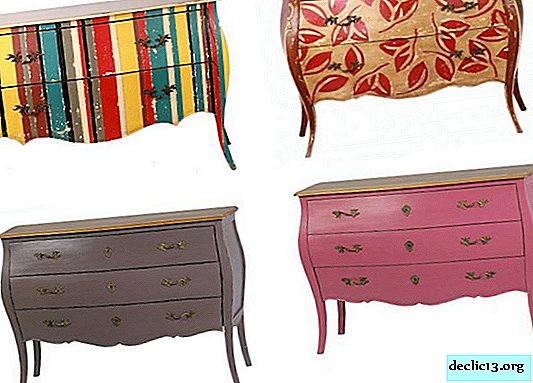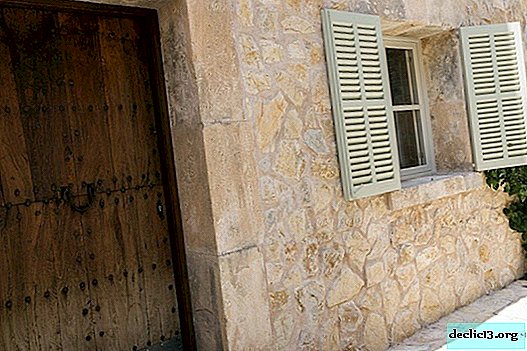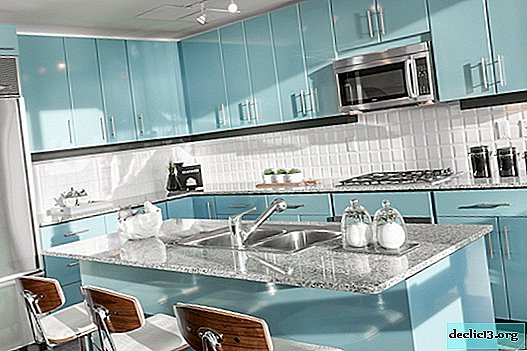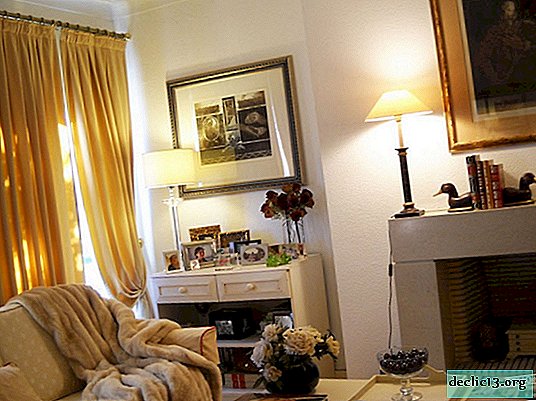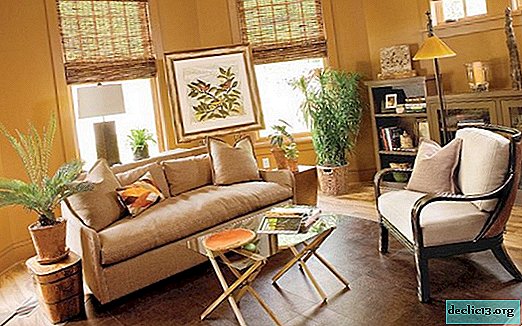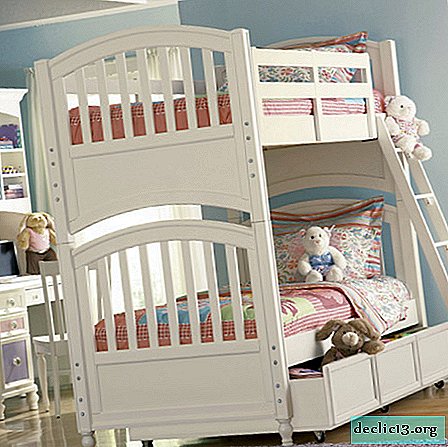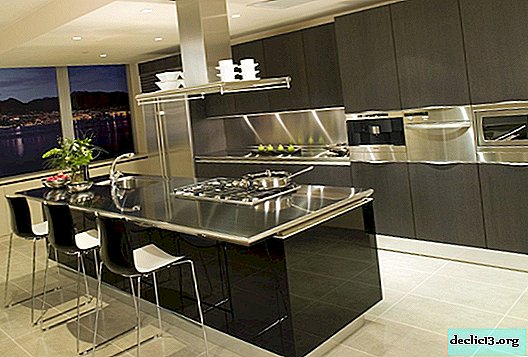Modular pictures. From private to the whole ...
Among the many ways to decorate the premises, the use of paintings is the most universal. They can be used in any buildings, they can be of any size, have a diverse plot and will be performed on various materials. Now, to the listed criteria, the belonging of works to the category of modular ones is also added.
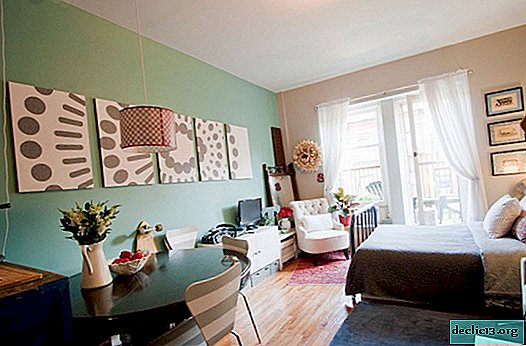
Modular pictures. What is it?
The origins of modular paintings are still in the ancient world. To ennoble the interior in the houses of Greece and Rome, elements with an image were used, combined by one plot, color scheme and manufacturing method.


Modern products have come to us from European countries. As genres for such paintings can be:
- Portraits
- still lifes;
- landscapes;
- abstraction;
- graphics and more.



We can say that there are no thematic restrictions. At the same time, the variety of performance techniques and material is also amazing. Pictures can be performed in any technique:
- oil painting;
- watercolor;
- embroidery;
- application;
- engraving and others.


The simplest and most popular products are printed through digitization on linen canvas using a special printer. The finished printed picture is cut into several parts. These parts can be of different sizes and shapes. The main thing is to implement the designer's project. After that, the manufactured parts are individually pulled onto a subframe. The point of all is to finally get a certain image, consisting of individual elements. This image will not look like a simple picture and will look very impressive in any room.
The originality of such a thing is that it creates the feeling of the image moving from one element to another. At the same time, the picture is lively and voluminous. Such an element in the interior is able to give the room exclusivity and make it more modern.


There are several varieties of segmented images:
- diptych - a picture of two elements;
- triptych - a three-module picture;
- penaptih - a picture of four parts;
- polynaptich - a picture of five or more elements.



Like simple paintings, segmented works of art can be used in offices, restaurants, children’s and other institutions, as well as in any of the rooms of a residential building.
The unusual appearance of such an element of the interior can attract the attention of any visitor. Even a person with a delicate taste and capricious disposition will be able to choose a suitable modular picture.
From a practical point of view, the modular picture is no different from the ordinary. It can be bought, gifted, made independently. Caring for her will also not be a hassle. Regular dust removal is sufficient.
How to choose a picture from the entire range
The variety of possible modular paintings is great. In order to choose exactly what is needed in this mass, it is worth comparing the products offered on several points.
- Based on the visual effect that is expected from the picture, you can choose a vertical, horizontal or diagonal modular complex. It should be borne in mind that vertical stripes will raise the ceilings, horizontal stripes will extend the walls, and diagonal stripes can slightly distort the space.



- The number of segments in the picture is selected only at the discretion of the buyer. It is important to determine only the full size of the image, after which you can understand how many segments it is advisable to divide.
- The image should be selected according to the same criteria by which a simple picture is selected. The mood and character of the picture should correspond to the purpose of the room. As an image, you can use a commemorative photo, which the skilled craftsman will transfer to the canvas.
- The color scheme can be matched to the general shades of the interior and harmoniously "weave" the picture into the overall look of the room. You can do the opposite and highlight the modular complex from the interior with color, making it a central element of the situation.
- When choosing the size of a future decor element, it is necessary to take into account that a large picture will visually reduce other parts of the decor. In addition, designers recommend leaving exactly the same amount of free space around the picture as it takes up space on the wall. It is also necessary to observe the rules of symmetry.


- The style of the segmented picture should fit into the stylization of the room. If the picture is purchased for a particular house, then you need to choose a room in advance where it will hang and, based on this, determine the style of the image itself.
- It is necessary to choose a picture during the repair. A place must be provided for her in advance. This minimizes the risk that the purchased jewelry will have nowhere to hang or it will not fit the color scheme.
Do-it-yourself modular paintings: production and placement
When choosing a modular picture, the buyer may encounter two main problems: lack of funds and lack of assortment. This can be easily solved by independently making segments of the future decoration for the room.
To get a good result, it is important to use quality materials. The main ones will be linen or cotton canvas, pigment inks and art varnish. In addition, you should master at least the basic skills of working with image processing programs.
The ink used to print the processed image must be safe for humans. This is due to the fact that the picture will be in the room for a long time and release harmful substances into the air. Such situations should be avoided.

Using high-resolution equipment, you need to print the picture on paper or on canvas. The finished image is cut into a predetermined number of segments of the desired shape. Pre-prepared subframes of the desired shape can be made by yourself from wooden blocks or bought in specialized stores. The cut parts are tightly pulled over these subframes and fixed with a furniture stapler.
When printing, consider allowances that will be bent onto the subframe. If the picture involves the preservation of every millimeter of the image, then you should make a paper analogue of the picture and cut it into pieces. After that, using a scanner, save a separate part and print it on the fabric, after which it can be cut already with allowances. Such a division can also be carried out in a computer program if the skills of its use are somewhat deeper than the basic ones.
After all the elements are fixed on the subframes, they are treated with a special varnish and dried. The modules are ready.

There is an even simpler manufacturing method. Suitable form elements are cut from the foam, onto which the details of the drawing are glued with a simple glue. The sides are simply hidden behind a matching tone of paper. Such a product looks simpler, but the costs for it of effort, time and money are minimal.
An exclusive option is embroidered modules. This is only for those who really love such an activity. The result will be an amazingly expensive, modular picture that has no analogues.
Modular paintings can also be placed in different ways. Leaving the necessary gaps in width between the segments, you can give the picture an elongated or arched shape. If you stick elements on modules of different thicknesses, then, playing with light, you can achieve the effect of a three-dimensional image. If the modular elements are not part of a single image, but each has its own, then it is necessary to correctly group them.
With any hanging options, the main parts of the modular complex should be at eye level of a person sitting in a chair. Subject to all the rules and recommendations, the modular picture that appeared in the house will become an exclusive and stylish decoration of the entire interior.

